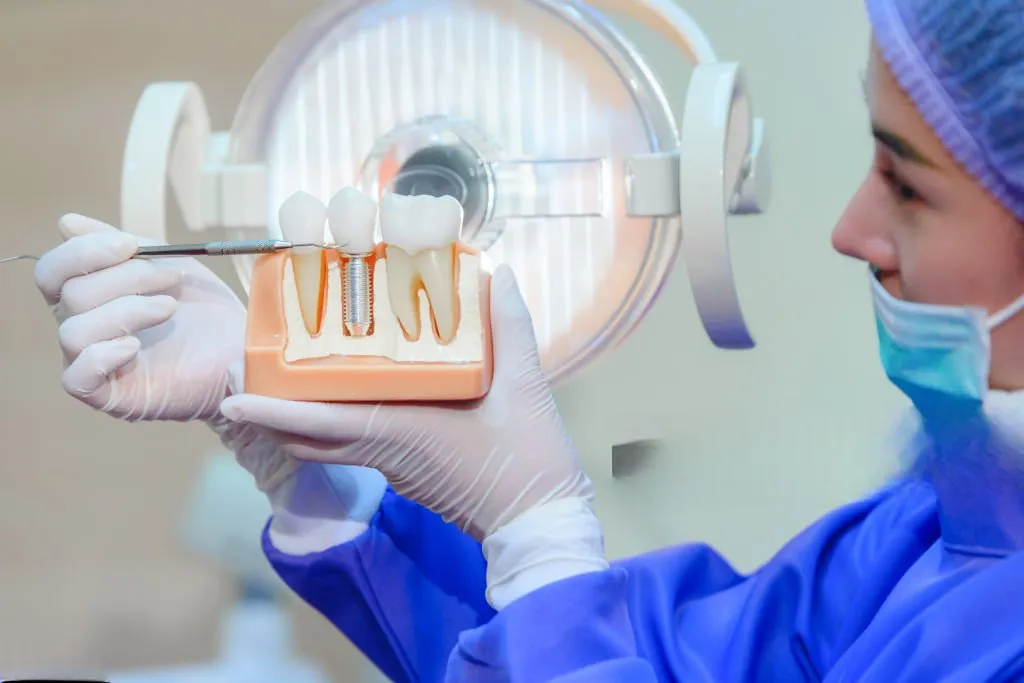
Your smile should be one of your most cherished assets. Yet, too many people go through life too scared to smile because their teeth embarrass them. This doesn’t have to be your reality! Whether you have missing, damaged, or misaligned teeth, a prosthodontist can help improve your smile’s function and aesthetics. A prosthodontist is a highly skilled and trained dental specialist focusing in tooth replacement and restoration. Here’s how a prosthodontist can transform your smile with modern dental treatments.
Comprehensive Evaluation and Treatment Planning
Every prosthodontist treatment starts with a thorough evaluation and treatment plan. The specialist will assess your dental health using X-rays or digital scans. They will spend time talking to you to uncover your plans and concerns. At the end of this process, the prosthodontist will produce a customized treatment plan tailored to your needs.
Replacing Teeth with Dental Implants
Dental implants are the most effective solution for missing teeth. During the process, prosthodontists surgically place titanium posts into the jawbone to act as roots, anchoring artificial teeth to the jawbone. Implants form a durable base for crowns, bridges, and dentures.
Custom Crowns and Bridges
Where teeth are damaged or missing, crowns and bridges can restore your function and facial appearance. Crowns cover and strengthen weak and damaged teeth, and bridges fill gaps. The prosthodontist carefully matches the color and shape of the restorations to your natural teeth so that no one will tell the difference between your natural teeth and the restorations.
Dentures for Full or Partial Tooth Loss
Prosthodontists are trained to create custom dentures to replace missing teeth. Modern dentures not only look good, but they also fit securely so that they look natural and function as well as, if not better than, your original teeth.
Veneers Restoring Your Natural Smile
Porcelain veneers have become very popular as they improve the appearance of stained, chipped, and misaligned teeth. Veneers are thin, custom-made covers that the prosthodontist bonds to the front of your teeth to create a brighter, more uniform smile. Veneers offer a durable and minimally invasive cosmetic solution.
Full Mouth Rehabilitation
Patients with extensive dental issues may need full-mouth rehabilitation. This treatment combines several procedures to restore oral health and function. The prosthodontist will design an inclusive plan that could include implants, crowns, bridges, or orthodontic treatments.
A Bright and Confident Smile for Life
A prosthodontist is a highly skilled dental specialist who uses a vast toolkit of advanced procedures to improve dental form and function. Learn to smile confidently, knowing your teeth are as beautiful as nature intended. You don’t have to live with less-than-perfect teeth. Schedule a consultation with a prosthodontist today and take the first step to restoring your beautiful smile.

